Options trading is complicated and needs a strong grasp of market dynamics and pricing algorithms. Intrinsic and extrinsic value are key ideas in options trading. These two types of value are the building blocks of options pricing and play a critical role in determining any trade’s potential profitability. Intrinsic value is the difference between an option’s strike price and underlying asset price. On the other hand, instead of the actual asset price, extrinsic value is dependent on time to expiry and implied volatility. A successful trader must understand these two categories of value and how they affect options prices.
This article will discuss intrinsic and extrinsic value in options trading and how traders may utilise this information to make more lucrative trading decisions.
Also Read | Call and Put Option Trading: How to Get Started on it
What is Intrinsic Value?
Intrinsic value is an option’s price-based value. The amount an option is in the money indicates its strike price is better than the underlying asset’s market price. For calculating the intrinsic value, deduct the option’s strike price from the underlying asset’s market price. A call option’s intrinsic value is positive, whereas a put option’s is negative.
What is Extrinsic value?
Extrinsic value is the fraction of an option’s price unrelated to intrinsic value. It’s also called time value, which indicates the option’s remaining time. Extrinsic value is the option’s intrinsic value minus its total value. Interest rates, maturity, and asset volatility determine it. Because extrinsic value changes quickly, understanding its components can help traders decide when to buy or sell options.
Relationship Between Intrinsic and Extrinsic Value
Intrinsic and extrinsic values are important components. They make up the total value of an options contract.
Intrinsic value is the options pricing based on the underlying asset’s market value and strike price.
Extrinsic value is the portion of the options price that depends on factors other than the underlying asset’s market value, such as time till expiry and implied volatility.
An options contract’s value is its inherent and extrinsic values. \To preserve value, one component normally adjusts in the opposite direction.
Here’s a table summarising the relationship between intrinsic and extrinsic value in options trading:
| Intrinsic Value | Extrinsic Value | Relationship |
| Based on the underlying asset’s price relative to the option’s strike price | Based on the time to expiration and implied volatility of the option | Inverse relationship – as the extrinsic value decreases, intrinsic value increases (and vice versa) |
| Represents the option’s actual value if exercised immediately | Represents the option’s potential future value based on market conditions | Direct relationship – as intrinsic value increases, extrinsic value tends to decrease (and vice versa) |
| Typically, greater in options that are in-the-money | Typically, greater in options that are out-of-the-money | Varies depending on option position and market conditions |
Factors Affecting Intrinsic and Extrinsic Value
Now that we have discussed intrinsic and extrinsic values, let’s take a closer look at the factors that can impact these values in options trading.
- Underlying Asset Price:The underlying asset’s price most influences an options contract’s intrinsic value. Call options gain value when the underlying asset price rises, whereas put options lose value. When the underlying asset price drops, call options lose value and put options gain value.
- Strike Price:The strike price is another important factor affecting an options contract’s intrinsic value. For a call option, the intrinsic value increases as the strike price decreases. For a put option, the intrinsic value increases as the strike price increases.
- Time to Expiration:Extrinsic value is primarily affected by the time to expiration. As the expiration date approaches, the extrinsic value of an options contract decreases. This is because the time value component of the options contract decreases as the time to expiration decreases.
- Implied Volatility:Implied volatility is the predicted volatility of the underlying asset over the options contract. An options contract’s extrinsic value depends on it. As implied volatility increases, the extrinsic value of the options contract increases. This is because the potential for the underlying asset price to move in the desired direction increases, increasing the chances of the options contract becoming profitable.
- Interest Rates: Interest rates also affect the pricing of options contracts. Higher interest rates boost call options and lower put options. This is because call options gain from the possibility for the underlying asset price to rise, while put options benefit from a fall.
Options traders need to know intrinsic and extrinsic variables. These characteristics can help traders purchase or sell options contracts and create profitable trading methods that account for intrinsic and extrinsic value.
Strategies for Trading Intrinsic and Extrinsic Value
Here are some brief strategies for trading based on the intrinsic and extrinsic value in options trading:
Strategies for trading based on intrinsic value:
- Buy in-the-money options:This approach includes buying options with strike prices below the asset’s market price. This guarantees that the options have inherent value and will benefit if the underlying asset grows.
- Sell out-of-the-money options:This approach includes selling options with strike prices higher than the asset’s market price. This lets traders receive premiums on options with little inherent value that will only become lucrative if the underlying asset’s price rises dramatically.
Strategies for trading based on extrinsic value:
- Buy long-term options:This strategy involves buying options with longer expiration dates. These options have more extrinsic value and are less affected by short-term price fluctuations in the underlying asset.
- Sell short-term options:This method involves selling shorter-term options. These options are more impacted by short-term price swings in the underlying asset and have less extrinsic value, allowing traders to earn premiums more often.
Note that these techniques are samples and may not work for many traders. It’s crucial to understand options trading and consider different elements while trading.
Wrapping Up
Understanding intrinsic and extrinsic value is essential for successful options trading.
Traders should consider values and the factors that affect them when making trading decisions and selecting strategies.
Also Read | Understanding Protective Put Strategies in Options Trading

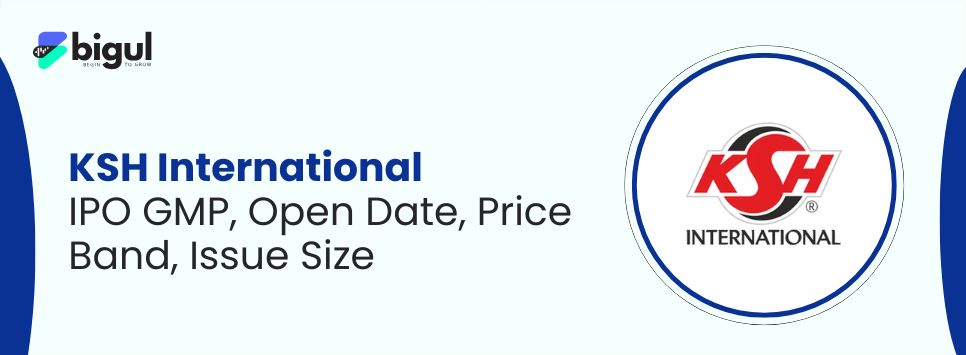

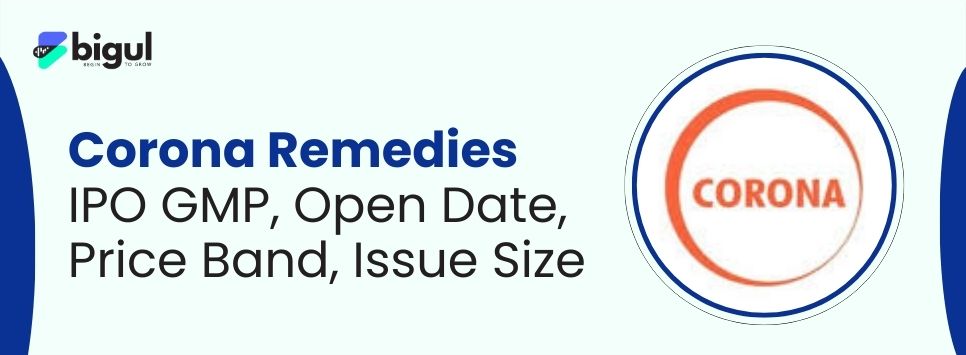
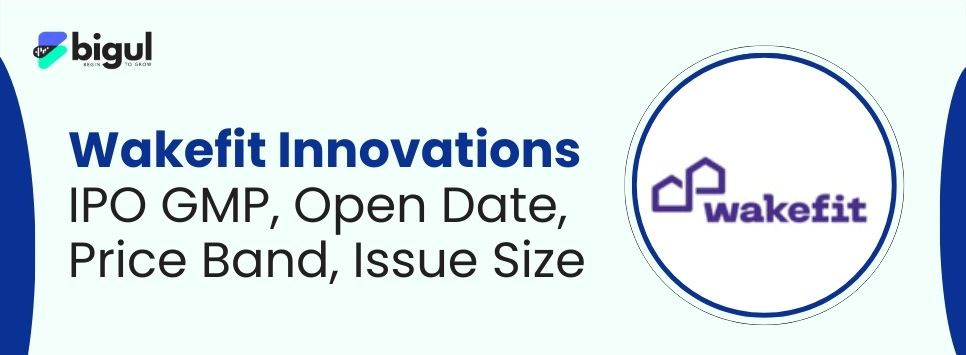
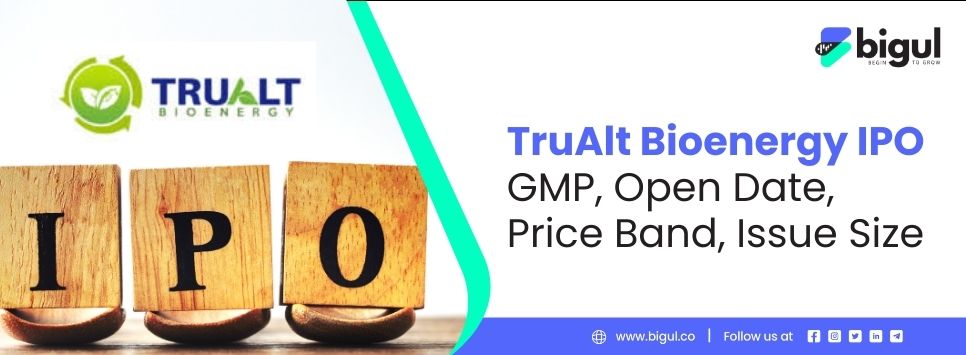
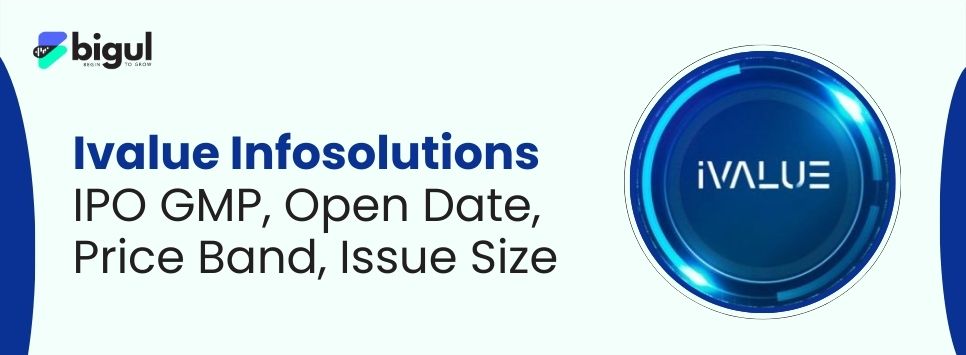

.jpg)
.jpg)
